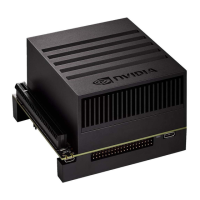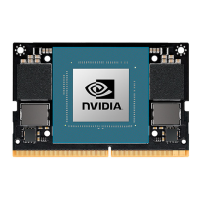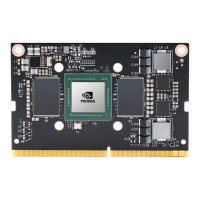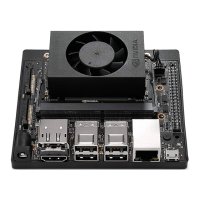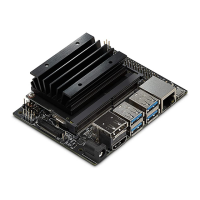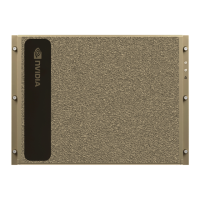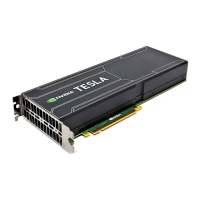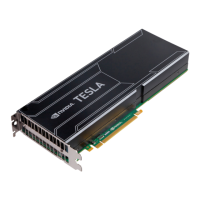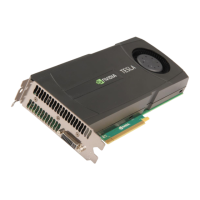HDMI Tuning Guide
PRELIMINARY INFORMATION
Jetson AGX Orin Series Tuning and Compliance Guide DA-11040-001_v0.7 | 32
b). Method #2: Disconnect the HPD circuit from the HDMI connector, manually rework
HPD circuit to a desired voltage level to input to Orin to make the software consider
HDMI is still connected.
(Refer to the carrier I/O board schematics for how to do that. If this method is chosen,
the circuit must be restored before performing the HDMI certification tests.)
2. Configure the DUT to drive HDMI at the supported resolutions:
a). 480p (27 MHz)
b). 720p (74.25 MHz)
c). 1080p (148.5 MHz)
d). 2160p/30 (297 MHz)
e). 2160p/60 (594 MHz).
3. Attach the test fixture to the DUT.
4. Attach the probe-ends to the test fixture, and properly connect the termination voltage to
the probes. Untested lanes must be properly terminated.
5. Attach the probes to the scope.
Note: For using an HDMI converter (to GMSL/FPD link/MIPI, and so on) design on board, HDMI
CTS is not required. To check the HDMI signal quality from Orin, probe the HDMI signals closest
to the input of the HDMI converter to confirm if the signals meet the HDMI source electrical
specification or HDMI converter’s input electrical specification.
Oscilloscope
1. Ensure that the probes are using the termination voltage of 3.3V.
2. Start the HDMI compliance software.
3. Set up the HDMI compliance software to take the Eye Diagram and configure the probes to
the proper clock and data assignments.
4. Run the eye diagram test.
5. Check the voltage swing and margin result (see Figure 10).
6. Refer to “Registers” section and note the internal termination, drive strengths, and pre-
emphasis settings.
7. Repeat for all data lanes, using different register settings, at all supported resolutions.
!
Tips:
• When shmoo’ing drive strengths or pre-emphasis, keep the same value across each data lane.
The HDMI pads for each of the data pairs and the clock are the same and should have very
minor variation.
• Since HDMI clock has fewer transitions than data, its settings can be weaker than the data
lanes. This can save some power and lower possible noise or EMI.
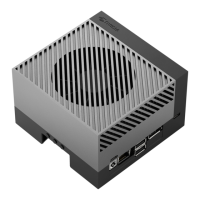
